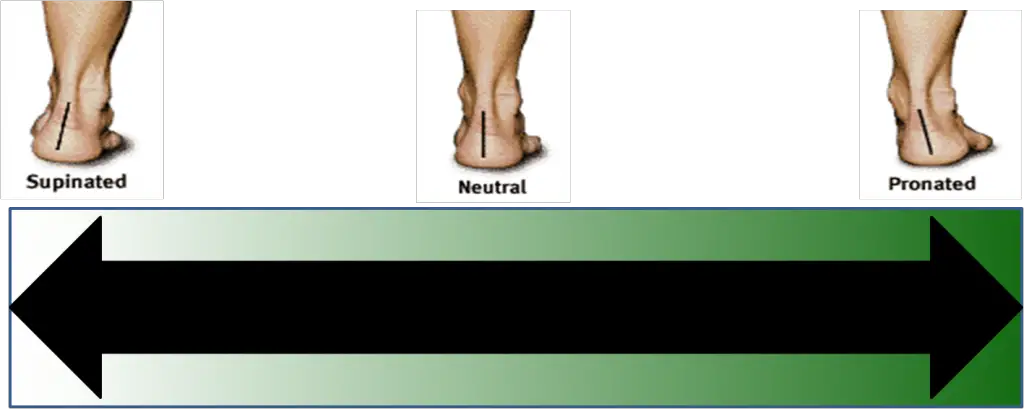Shoe shopping can be a very complicated and confusing process. Choosing the proper shoe can ensure injury protection and provide proper distribution of forces. Whereas choosing the wrong shoe can lead to injuries and under performance. To add to this problem, there are many stores out there with self-proclaimed “professionals” giving out the wrong advice.
This post will hopefully clear up some of these concepts and begin to lead you in the right direction in choosing your next shoe.
3 Foot Types
Keep in mind that this is a CONTINUUM and that each individual has a unique static and dynamic foot type. This is a simplification to help people categorize themselves into selecting proper footwear. It is always best to seek help from a professional when selecting the proper footwear for your activities.
- Supinators (pes cavus, high arching feet)
- Neutral
- Pronators (pes planus, flat feet)

Everyone has a unique foot type. Try to understand where your foot lies along the continuum of the 3 different foot types (Right foot).
Assess Your Foot Type
3 Ways to Assess Static Foot Type
Be sure to stand with both feet pointed forward and try to distribute weight equally during assessment
- Stand in front of a mirror – look at space under arches and inner ankle position (stand at 10 o’clock and 2 o’clock to the mirror to change the angle to get different views of the inside of your arch)
- Take a picture of both feet at foot level – from behind (heels) and from the front (toes)
- Wet Test – wet feet and stand on cardboard or paper bag, then look at foot print
Results:
Supinators
◊ Increased space under the longitudinal arch (middle of foot is far off the ground)
◊ Greater curvature on the inside of the foot print
Neutral
◊ No exaggerated flattening or arching of midfoot
Pronators
◊ Decreased space under longitudinal arch (middle of foot is close to ground)
◊ Lesser curvature on the inside of the foot print

3 Foot Types: top row would be a view of the inside of the right foot, bottom row would be common footprint results
Now What…
Unfortunately most of us buy athletic shoes for athletic events and a static assessment doesn’t always translate well for the dynamic demands of sports and activities. However, having an idea of your static foot type will provide a good base knowledge for what type shoe your feet may need.
Part 2 – Dynamic Foot Assessment
Update 2015
While this blog post series may provide some helpful knowledge, it should be known that static foot posture and selecting shoes based off of this foot type is not the best option. For more information please read this article on pathomechanics and refer to the GaitGuys for the most up to date information on shoes, feet, and gait.


